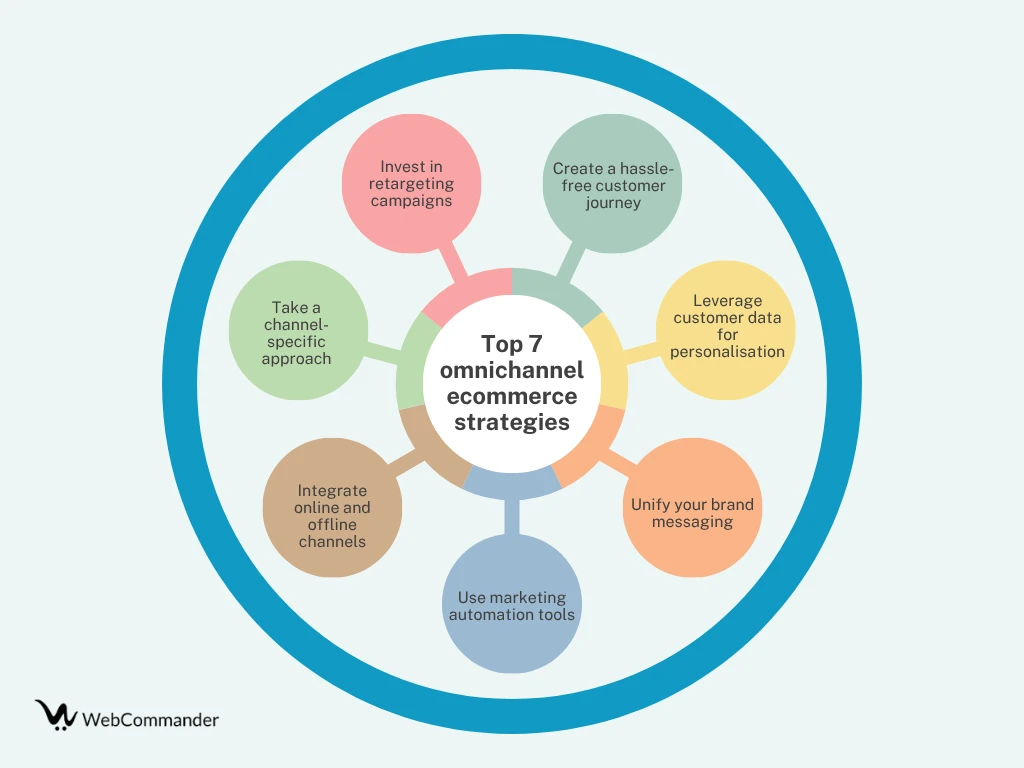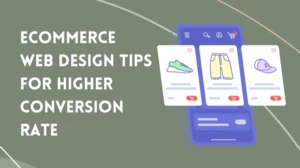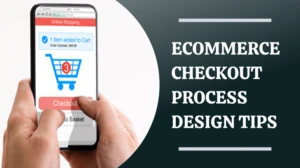Top 7 Omnichannel Ecommerce Strategies for Business Success
If we follow the journey of customers, each one is different. If one discovers the brand through a social media post, another might find it from a late-night Google search, and someone else detects it by simply strolling into a store. However, all of these touchpoints from digital platforms to physical stores do work together to influence the final purchase decision.
However, the main challenge for businesses comes in terms of making sure that customers experience a connected, seamless journey no matter where they engage.
That's where an omnichannel strategy comes in.
Let's look at 7 key omnichannel ecommerce strategies you can follow.

1. Create a hassle-free customer journey
When it comes to an omnichannel marketing approach, the key goal is not to make customers feel like they are starting from scratch every time they switch between channels.
Here's how you can create a seamless journey:
- Cart synchronisation: Products that have been added on mobile will automatically appear if the customer logs in on desktop.
- Saved preferences: Everything from wish lists to browsing history to personalisation will be carried over between devices.
- Consistent branding: Make sure the look, feel and navigation remain similar across platforms so that customers don't feel unfamiliar.
- Channel switching freedom: Give customers the freedom to engage with your business anywhere they find it convenient- be it online, in-store or social media.
2. Leverage customer data for personalisation
Customer data is the key when it comes to creating experiences. You can gather insights from many touchpoints, such as your CRM system, social media integration, email engagement and point-of-sale (POS) systems.
- You can use browsing and purchase history to suggest products based on what customers are likely to buy.
- You can track actions such as cart abandonment or repeat purchases to run behaviour-based email campaigns.
- You can follow customers' past interactions to create dynamic website content such as banners, offers or featured products.
- You can keep focus on browsing or purchase behaviour to run targeted social media ads.
3. Unify your brand messaging
Everything from your tone to visuals to messaging should feel aligned across all platforms, including Facebook, email newsletters, website or in-store posters. The brand personality and core message are what customers look at to connect with a brand, no matter where they engage.
- Develop brand guidelines that you can follow to define the tone of voice, colours, fonts and visual elements.
- Use a content calendar to schedule and plan your campaigns across platforms so that the messages don't conflict or overlap.
- You can customise content for each channel, making sure that the core message remains intact.
- Use consistent design templates for social posts as well as email headers or ad creatives to boost brand recognition.
4. Use marketing automation tools
Using automation, you can deliver the right message at the right time with no manual effort. If you set up automated workflows, you cannot just reach customers across email, SMS or push notifications, but in a coordinated way.
- If a shopper leaves items behind in their cart, you can trigger automated emails, SMS reminders, or push notifications.
- Whenever someone signs up, you can send a sequence of onboarding messages via email and SMS to introduce your brand consistently.
- You can use automation for personalised product recommendations.
- You can send personalised greetings and special offers to boost customer relationships.
- You can automate outreach based on customer actions, such as if a visitor downloads a guide, clicks an ad, or visits the pricing page.
5. Integrate online and offline channels
Omnichannel is not just for digital spaces; it is about connecting the online journey with offline experiences as well. You can link physical and digital touchpoints to create an engaging experience. The transition has to seem effortless and connected.
- You can let your customers order online and collect their purchases in-store to combine the convenience with in-store services.
- If you want to drive more traffic to your product tutorials, special offers or reviews, you can just attach QR codes to packages, posters or receipts.
- You can even run live events or pop-up shops to promote your digital channels.
- You can even run loyalty programs and connect both online and offline purchases into one reward system so that customers can earn points no matter where they shop.
6. Take a channel-specific approach
As every channel has its own strengths, audience behaviour, and content style, you can adopt your messaging based on its own strengths, audience behaviour and content style.
- You can customise visuals, captions and formats for each platform.
- Run audience segmentation to identify which audience prefers which channel to tailor the messages accordingly.
- Turn a single piece of content into multiple formats such as a blog post, an infographic, a short video or a social post.
7. Invest in retargeting campaigns
Every customer cannot convert on their first interaction with your brand. If you run retargeting campaigns, it will help you to re-engage those who have shown interest in your products but didn't complete the action. If your show relevant ads or reminders to your customers, it will help you to stay top-of-mind and guide customers.
- You can show dynamic ads or send emails to the customers who left some of the items behind.
- You can retarget those who read a blog, watched a video or downloaded a guide but haven't taken the next step.
- If you get a visitor to your website, you can show them ads on Instagram, Facebook or other platforms.
- You can run a reminder ad, followed by a testimonial and an incentive like free shipping to create a logical journey.
Conclusion
Shoppers nowadays expect personalised experiences across every touchpoint, from social media to in-store interactions. If you are embracing an omnichannel strategy, run consistent messaging, smart automation and integrate online and offline journeys. This way, you can build stronger relationships, boost loyalty and drive sustainable growth.



![How to Start an Ecommerce Business in Australia [2023 Guide]](/template/5731a701/images/resource-blog-right-img1.png)





